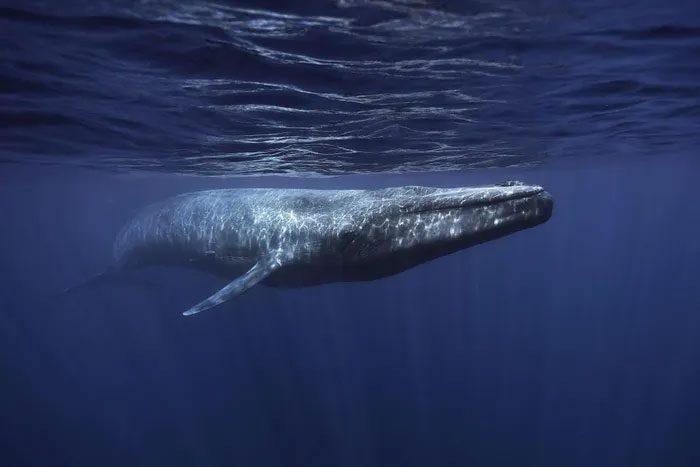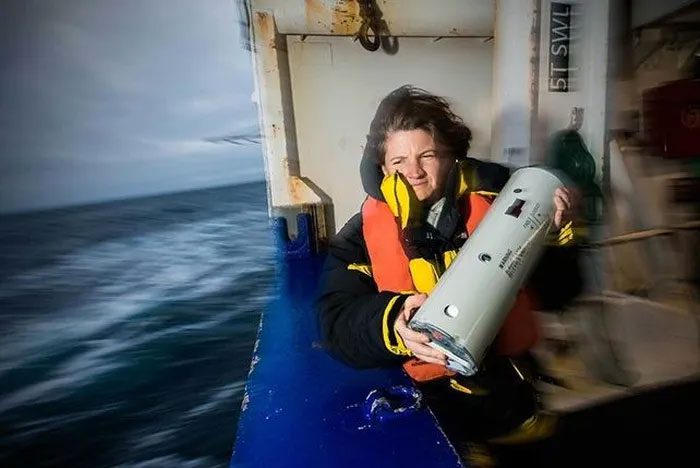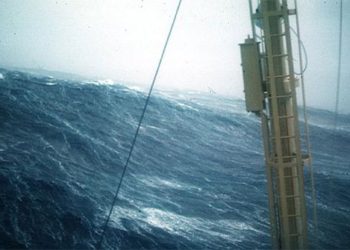Scientists Unveil New Research on the Calls of Blue Whales – One of the Most Mysterious Creatures on Earth.
A team of scientists involved in the Australian Antarctic program has completed a 15-year study on blue whales in Antarctica and has published their findings on the calls of this species in Frontiers in Marine Science.

Blue whales produce three types of calls. (Image: WDC).
Blue whales are the largest animals on the planet, reaching lengths of up to 30 meters, but they are also highly endangered due to historical overhunting by the industrial whaling industry that brought them to the brink of extinction.
Due to their threatened status, blue whales tend to inhabit remote and inaccessible environments, making it challenging to monitor their activities, according to NDTV.
Researcher Brian Miller, a member of the Australian Antarctic program, stated that the new study has shed light on the distribution and behavior of blue whales in Antarctica.

A sonobuoy is a device used to collect sound data from blue whales. (Image: Dave Allen).
Specifically, by utilizing passive acoustic devices known as sonobuoys, researchers collected nearly 3,900 hours of audio data, categorizing it into three distinct types of calls produced by this species: Z call, Unit-A call, and D call.
The Z call is unique to male blue whales, while the Unit-A call is a part of the Z call and is frequently found throughout the Antarctic and sub-Antarctic regions.
In contrast, the D call is likened to a “social” call by researchers, as all blue whale populations, including both males and females, produce this sound while foraging.
Thanks to the identification and classification of these calls, scientists can monitor whale populations over time. They found that the D call is typically emitted at the beginning of the foraging season (summer), whereas the Z call and Unit-A call are more common at the end of summer and the beginning of autumn.
Additionally, by using sonobuoys, researchers can listen to the sounds of whales, navigate to their locations, and then observe, photograph, and even collect biopsy samples for further study.
Currently, the research team does not yet know the precise meanings of these calls. However, by integrating the calls with other data, such as aerial footage and AI algorithms, they can assess the movements of blue whales and other aspects of their behavior.
Furthermore, the research team hopes that these new research techniques can be applied to observe potential impacts on blue whales due to climate change, as well as the effects on mollusks—the primary food source for the largest animal on Earth.





















































